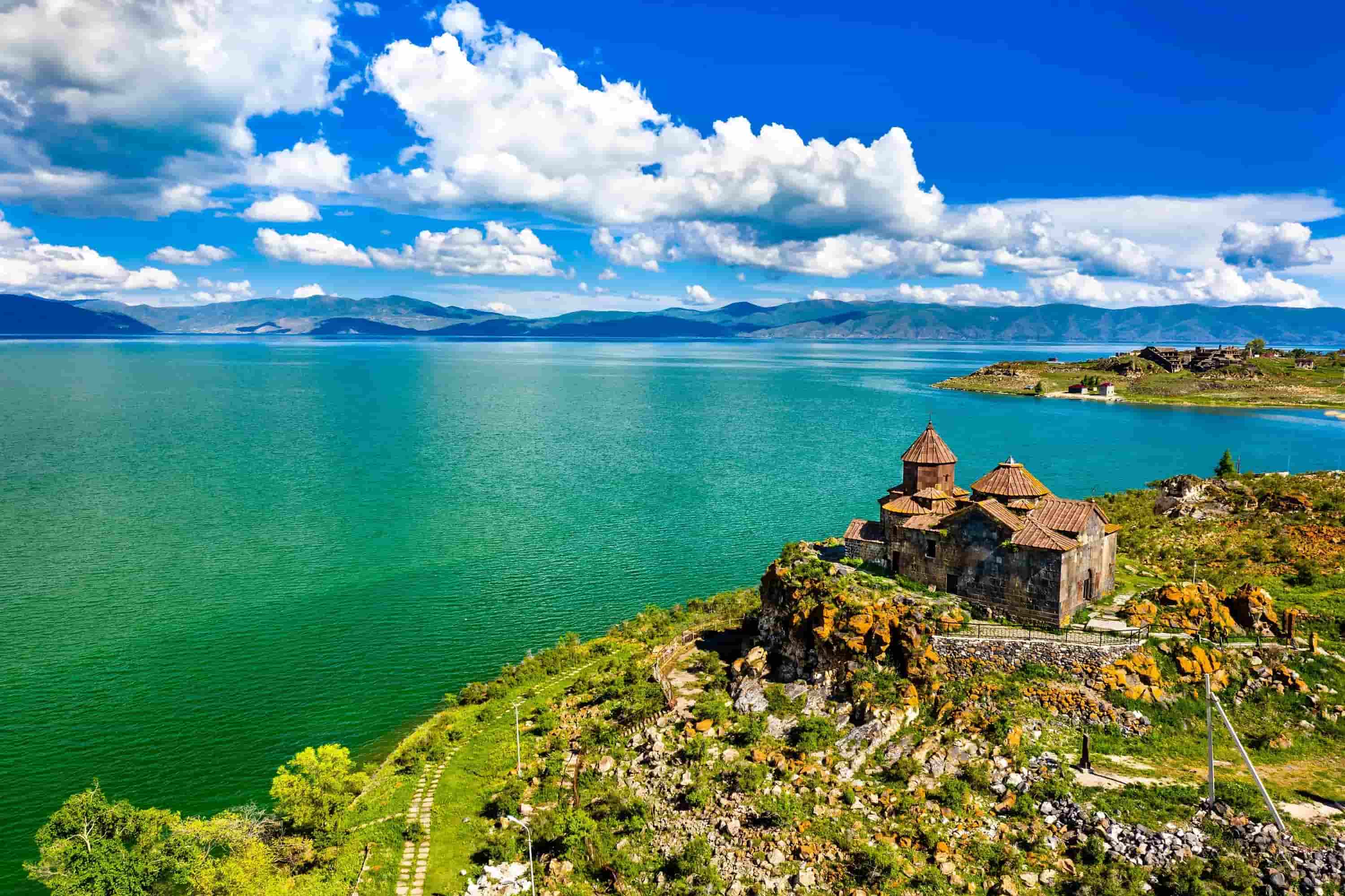
Armenia, a small yet historically rich country in the South Caucasus region, offers a treasure trove of fascinating facts. Did you know Armenia was the first nation to adopt Christianity as its state religion in 301 AD? This ancient land boasts stunning landscapes, from rugged mountains to lush valleys. Yerevan, the capital, is one of the world's oldest continuously inhabited cities, dating back to 782 BC. Armenia's unique alphabet, created by Mesrop Mashtots in 405 AD, remains in use today. Mount Ararat, although now in Turkey, holds a special place in Armenian culture and is visible from much of the country. Whether you're intrigued by its rich history, unique culture, or breathtaking scenery, Armenia has something for everyone.
Key Takeaways:
- Armenia, one of the oldest countries, adopted Christianity first and created its own alphabet. Its rich culture includes delicious cuisine, traditional music, and intricate carpets.
- Armenia's modern society thrives with a booming IT sector, high literacy rate, and a strong global diaspora. The country also celebrates its ancient winemaking tradition with an annual festival.
Armenia's Rich History
Armenia, a country nestled in the South Caucasus region, boasts a history that spans millennia. Its ancient culture and traditions have shaped its identity over the centuries.
- Armenia is one of the oldest countries in the world, with a history dating back to 860 BC.
- The Kingdom of Urartu, an ancient civilization, existed in the region that is now Armenia.
- Armenia was the first nation to adopt Christianity as its state religion in 301 AD.
- The Armenian alphabet was created by Mesrop Mashtots in 405 AD.
- Yerevan, Armenia's capital, is one of the world's oldest continuously inhabited cities, founded in 782 BC.
Cultural Heritage
Armenia's culture is a vibrant tapestry woven from its rich history, unique traditions, and artistic achievements.
- Armenian cuisine features dishes like khorovats (barbecue) and dolma (stuffed grape leaves).
- The duduk, a traditional woodwind instrument, is a symbol of Armenian music.
- Lavash, a traditional Armenian flatbread, is recognized by UNESCO as an intangible cultural heritage.
- Armenian carpets are renowned for their intricate designs and craftsmanship.
- The Armenian Genocide Memorial in Yerevan commemorates the victims of the 1915 genocide.
Natural Beauty
Armenia's landscapes are diverse, ranging from lush forests to arid mountains, offering breathtaking views and natural wonders.
- Mount Ararat, although located in Turkey, is a national symbol of Armenia.
- Lake Sevan, one of the largest freshwater high-altitude lakes in the world, is in Armenia.
- The country is home to the stunning Dilijan National Park, known as the "Armenian Switzerland."
- Armenia has numerous hot springs, with Jermuk being a famous spa town.
- The Wings of Tatev, the world's longest reversible cable car, offers panoramic views of the Vorotan Gorge.
Architectural Marvels
Armenia's architecture reflects its historical and cultural evolution, with ancient monasteries and churches dotting the landscape.
- The Etchmiadzin Cathedral, built in 303 AD, is the oldest cathedral in the world.
- The Geghard Monastery, partially carved out of a mountain, is a UNESCO World Heritage site.
- The Temple of Garni, a pagan temple, is the only Greco-Roman colonnaded building in Armenia.
- The Noravank Monastery, surrounded by red cliffs, is famous for its intricate carvings.
- The Zvartnots Cathedral, though in ruins, showcases the grandeur of early medieval Armenian architecture.
Modern Armenia
Despite its ancient roots, Armenia is a modern nation with a growing economy and vibrant society.
- Armenia gained independence from the Soviet Union on September 21, 1991.
- The IT sector is booming, with Yerevan often called the "Silicon Valley of the Caucasus."
- Armenia has a high literacy rate, with education highly valued in society.
- The country has a strong diaspora, with Armenian communities in over 100 countries.
- The annual Yerevan Wine Days festival celebrates Armenia's ancient winemaking tradition.
Armenia's Rich Tapestry
Armenia's history, culture, and natural beauty make it a fascinating destination. From being the first nation to adopt Christianity to having one of the oldest wine-producing regions, Armenia's contributions to the world are significant. The country's stunning landscapes, like the majestic Mount Ararat and serene Lake Sevan, offer breathtaking views. Armenian cuisine, with its unique flavors and ancient recipes, is a treat for food lovers. The resilient spirit of the Armenian people, reflected in their art, music, and traditions, is truly inspiring. Whether you're interested in history, nature, or culture, Armenia has something to offer. Exploring this nation provides a deeper understanding of its rich heritage and enduring legacy. So, next time you're planning a trip or looking to learn about a new culture, consider Armenia. Its stories and experiences are sure to leave a lasting impression.
Frequently Asked Questions
Was this page helpful?
Our commitment to delivering trustworthy and engaging content is at the heart of what we do. Each fact on our site is contributed by real users like you, bringing a wealth of diverse insights and information. To ensure the highest standards of accuracy and reliability, our dedicated editors meticulously review each submission. This process guarantees that the facts we share are not only fascinating but also credible. Trust in our commitment to quality and authenticity as you explore and learn with us.


